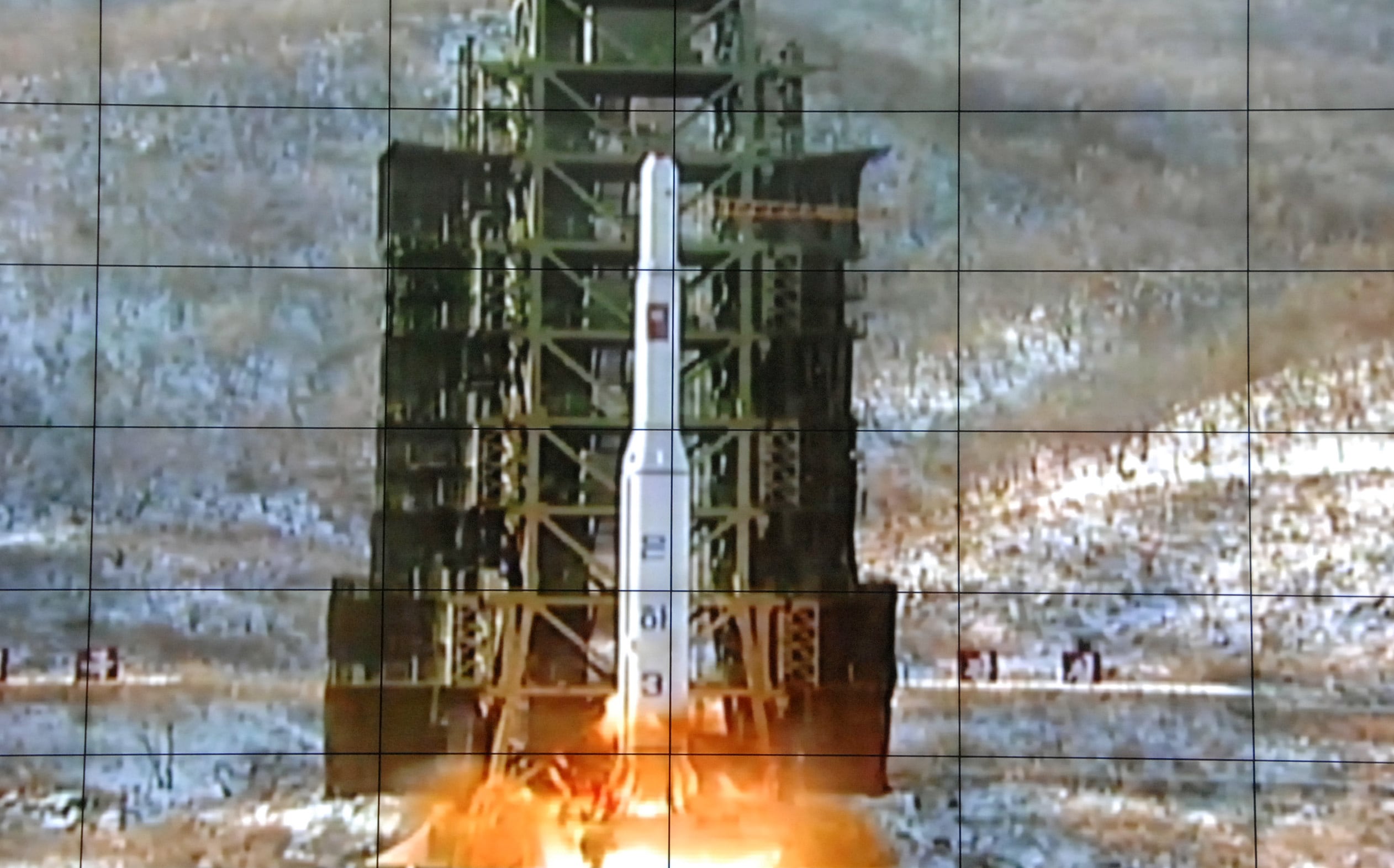What will the next 18 months mean for the Pentagon’s ongoing challenge to maintain a technological edge over its enemies?
That was the question posed to a panel of experts at the 17th annual C4ISRNET conference Thursday. And the answers underline just how wide the technical areas of expertise are that Pentagon officials need to get their heads around in the modern era — and how the situation will remain fluid going forward.
For Richard Linderman, deputy director for research and engineering in the Office of the Assistant Secretary of Defense, the focus is on manufacturing the vital microelectronics that provide the base for all of America’s high-end technologies.
Click here for more coverage from the C4ISRNET conference
He predicts a push to create those chips at a higher rate domestically, which in turn would allow greater trust that the chips, forming the basis of communications equipment or artificial intelligence, would not be messed with by a foreign entity. Concern about the domestic production of microelectronics is expected to be part of a large defense industrial base review now underway.
“If you’re right out on the pointy end of the spear, you might not want chips made in China to be the foundation of your communications gear,” Linderman told the audience. “So I think you’re going to see those kinds of investments increase dramatically, and it will be an exciting prospect for us to bring new dimensions to this discussion of trusted, assured microelectronics.”
James Hasik, a professor at the National Defense University, said he would be keeping a close eye on how the autonomous Sea Hunter vehicle does during ongoing testing. DARPA recently transferred the Sea Hunter, designed to travel thousands of miles over open seas, for months at a time, without a crew member on board, over to the Navy for continued testing.
“The economics of that concept are so compelling,” Lungu said. If the concept proves out, it could have “some profound applications for fleet structure, some profound applications for warfighting.”
Clark Groves, a space expert also at NDU, predicted that the long-awaited boom in small satellites will finally reach critical mass in the near-future, driven by the desire to move the massive telecommunications market onto cheaper systems.
DoD stands to benefit, as this would be happening at the same time the Pentagon seeks to move from relying on massive, expensive aggregated systems towards a disaggregated model relying on multiple cheap, smaller systems — which present more of a challenge for any enemy nation that may seek to take out American assets in space.
RELATED

“Once small satellites begin being produced in large numbers, that will fundamentally alter the industrial base of the status quo, and that will also affect the launch base,” Groves said, which in turn “will give opportunities to DoD for more effective per-cost basis to exploit the architecture that we need for resilience.”
Finally, Ed Brindley, acting deputy chief information officer for cybersecurity at the Pentagon, pointed to a “more determined focus” inside the Pentagon to shift how it handles artificial intelligence. At the core of that, he said, is the upcoming AI Center of Excellence, which Deputy Secretary of Defense Patrick Shanahan predicted will be up and running in the next six months.
“Part of what we will see will be opportunities for us to adopt some of what is occurring within industry today,” Brindley said, noting that AI isn’t just for warfighting but could have massive impacts on the internal processes of the Pentagon, including in the medical and legal professions.
Aaron Mehta was deputy editor and senior Pentagon correspondent for Defense News, covering policy, strategy and acquisition at the highest levels of the Defense Department and its international partners.








